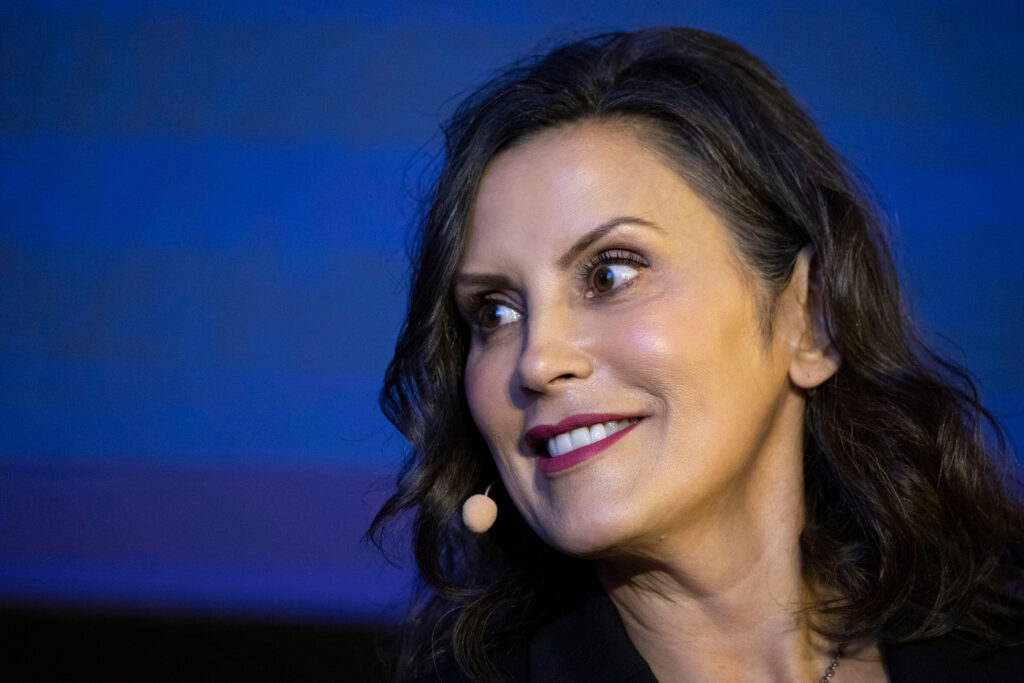A new report reveals that over 5.5TWh of clean electricity was turned off across Great Britain and Ireland in the first half of 2025, costing consumers £152m in curtailment payments. The amount of electricity instructed to be switched off would have been enough to power every domestic household in Scotland for the first six months of the year.
The report, Curtailed Renewables in GB and Ireland, was produced by Montel Analytics, a market intelligence firm headquartered in Norway.
Key statistics from the report:
- Great Britain curtailed 4.6TWh of renewable energy in H1 2025, a 15% increase in the amount of power switched off compared to H1 2024.
- £152m was paid to generators in curtailment payments, a cost borne by energy bill payers.
- Northern Scotland alone accounted for over 86% of GB’s curtailed volume, curtailing 4TWh of wind energy at a cost of over £116m. This would have been enough power to meet the demand of every domestic household in Scotland for the first six months of 2025.
- Ireland curtailed 905GWh across the Irish Single Energy Market (SEM), enough to power all homes in County Dublin for six months No balancing payments were made to renewable assets in Ireland due to market rules, although this is set to change soon.
The report, said to be the first of its kind in assessing the turn down of all renewables across GB and Ireland, uncovers a growing disconnect between renewable generation and grid infrastructure capacity, something which has the potential to raise costs on consumer bills for years to come. This is primarily due to constraints and bottlenecks on the transmission network, which make it hard for power generated in certain areas (most notably North Scotland) to be transferred to areas where power is required for consumption.
Explaining the findings, report author and Senior Energy Market Analyst at Montel Analytics, Fintan Devenney said: “The analysis shows that only 63% of the wind power which could have been generated in GB actually made it to the grid. The cost of turning down that other 37% is passed on to energy bills, meaning consumers are the ones left counting the costs.
Ensuring that renewables can be deployed effectively is therefore key as government looks to balance decarbonisation goals against consumer costs and security of supply. Unless policymakers pay attention to the need to marry renewable power with public systems and infrastructure, then an outdated transmission network could continue to drive up consumer bills as NESO is forced to operate a network potentially unfit for the net-zero future.”
Year-on-year comparisons show that the cost of curtailment is actually falling, despite the growing volume of power which is being asked to turn off. The £152m paid to generators to switch off during H1 2025, is 7% less than the equivalent figure for the first six months of 2024.
Director at Montel Analytics, Phil Hewitt added: “The price paid per MWh of curtailment has gone down on average, so the overall cost of curtailment is lower, despite the higher volumes of power that were required to turn down.
“This is due to more CfD [Contracts for Difference] offshore farms coming online, which offer cheaper bids to be turned down by the system operator (NESO) because of their subsidy contract structure. Over time, curtailment costs could become cheaper as windfarms supported by the Renewables Obligation scheme fade away and CfD supported generation continues to build out further.”
The report also outlines the increasing impact of solar generation when it comes to curtailment, with Ireland seeing solar curtailment rates for June 2025 (around 24GWh) almost seven times higher than the equivalent figure for June 2024 (around 3.5GWh).
Assessing the potential impacts of further curtailment as new renewables continue to connect to the grid, Fintan Devenney added: “With NESOs Future Energy Scenarios envisioning the possibility of around 15TWh of solar curtailment being required by 2050, this analysis brings the issue of renewable integration into sharp focus.
“Now is the time for government to come together with industry and build the holistic view of policy which will enable the optimal siting of generation, sufficient investment in grid infrastructure and the correct investment signals to help alleviate grid constraints. The Strategic Spatial Energy Plan (SSEP) and the wider reformed national market workstream will be key to achieving these aims.”
















